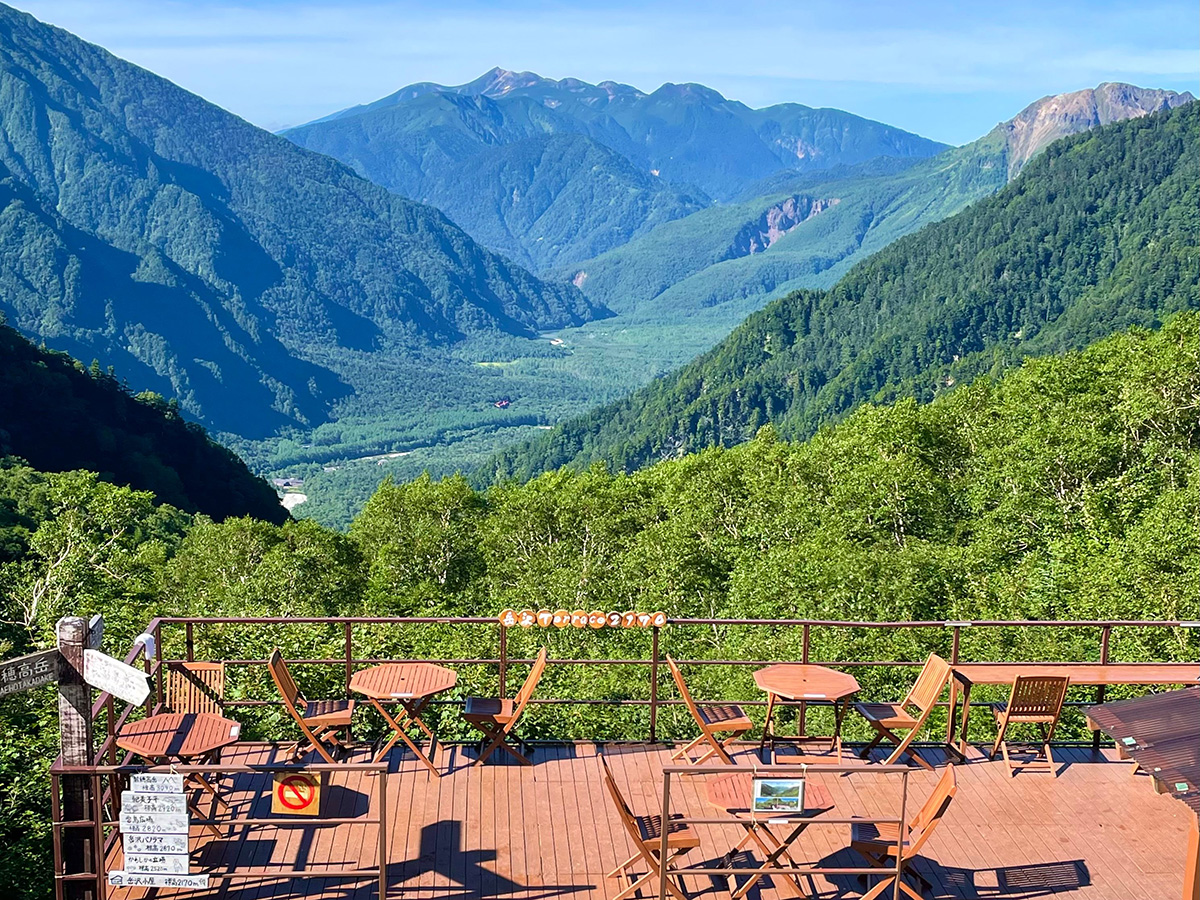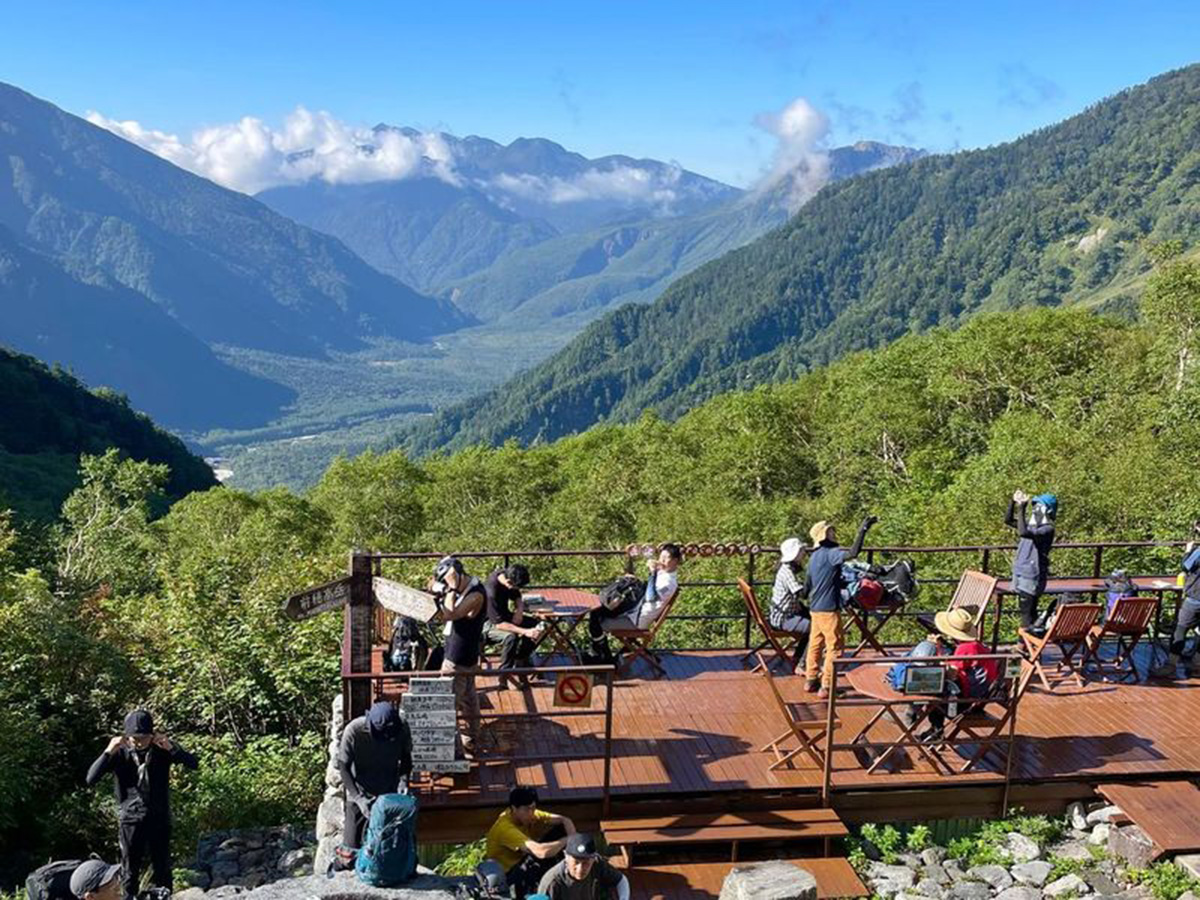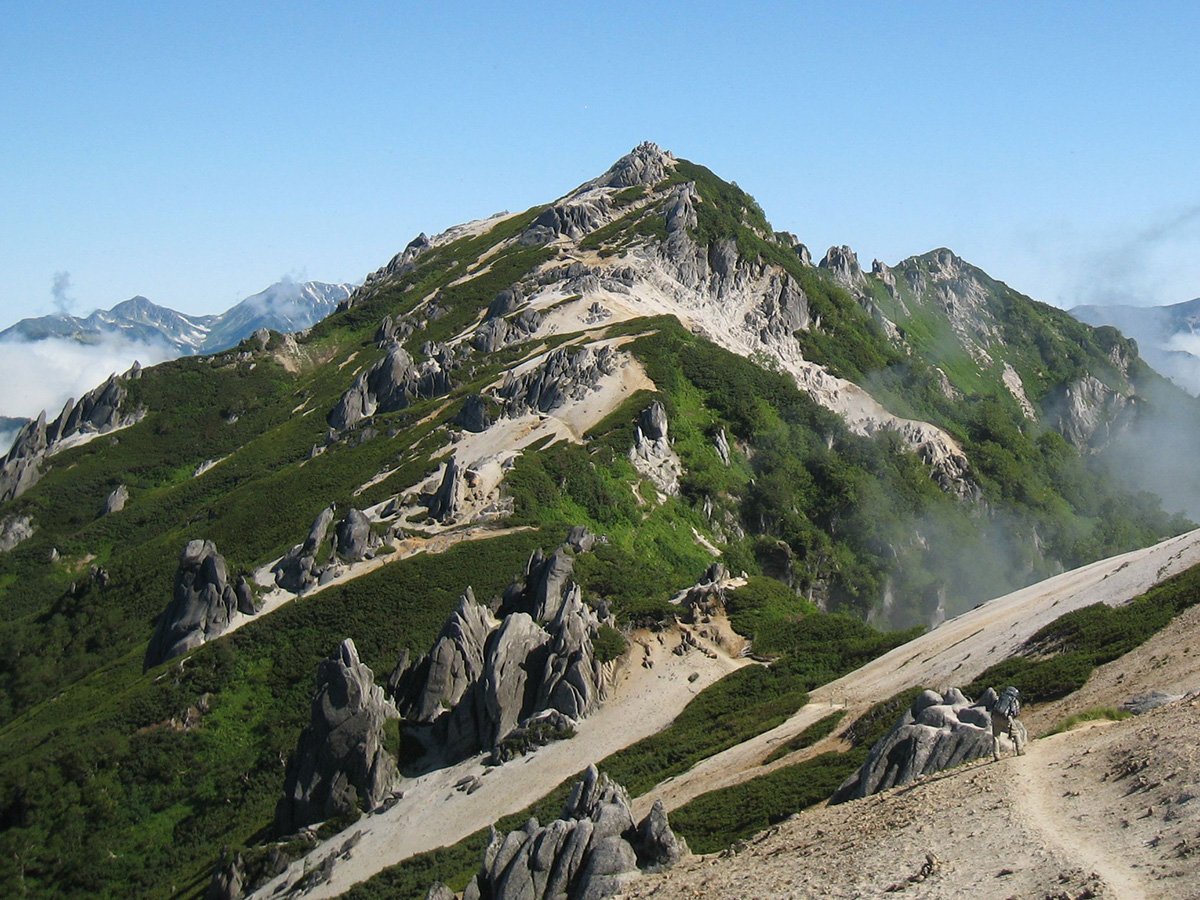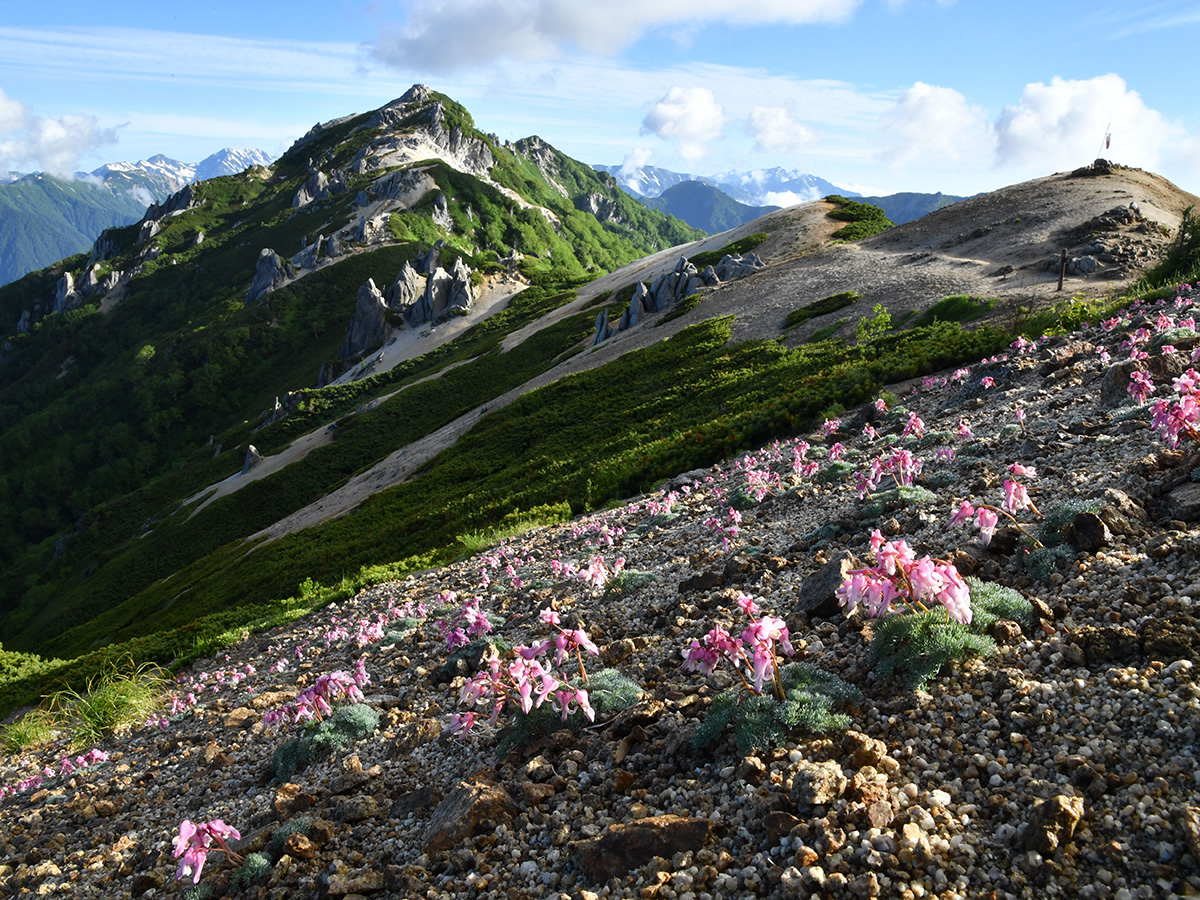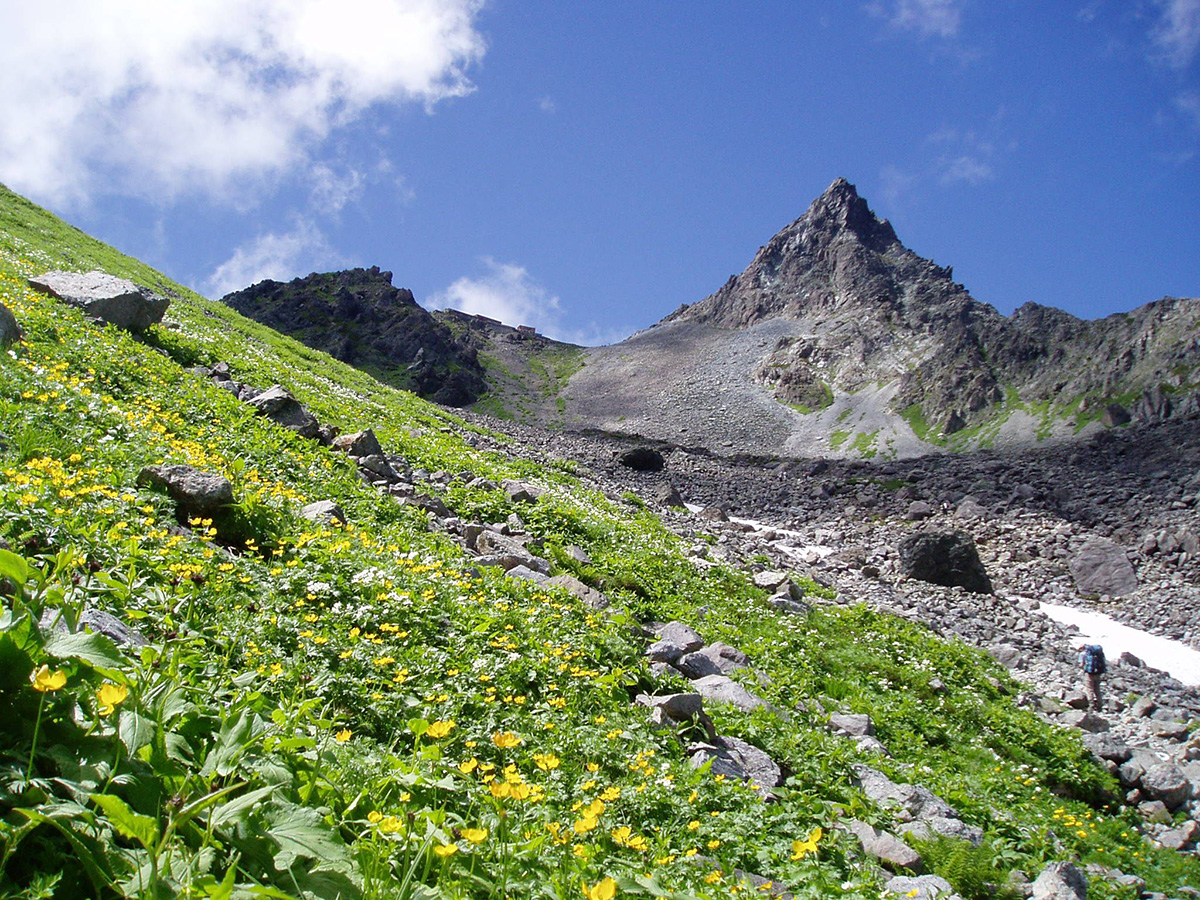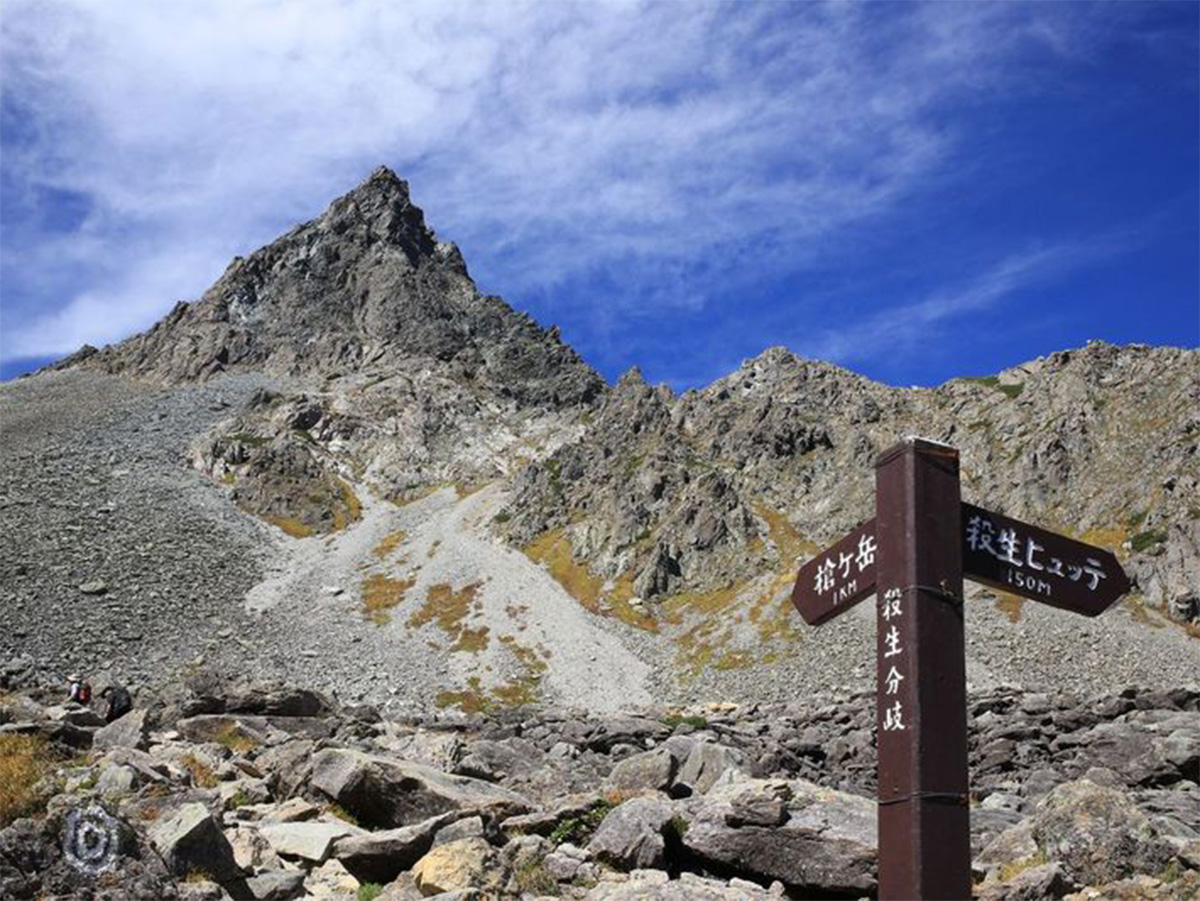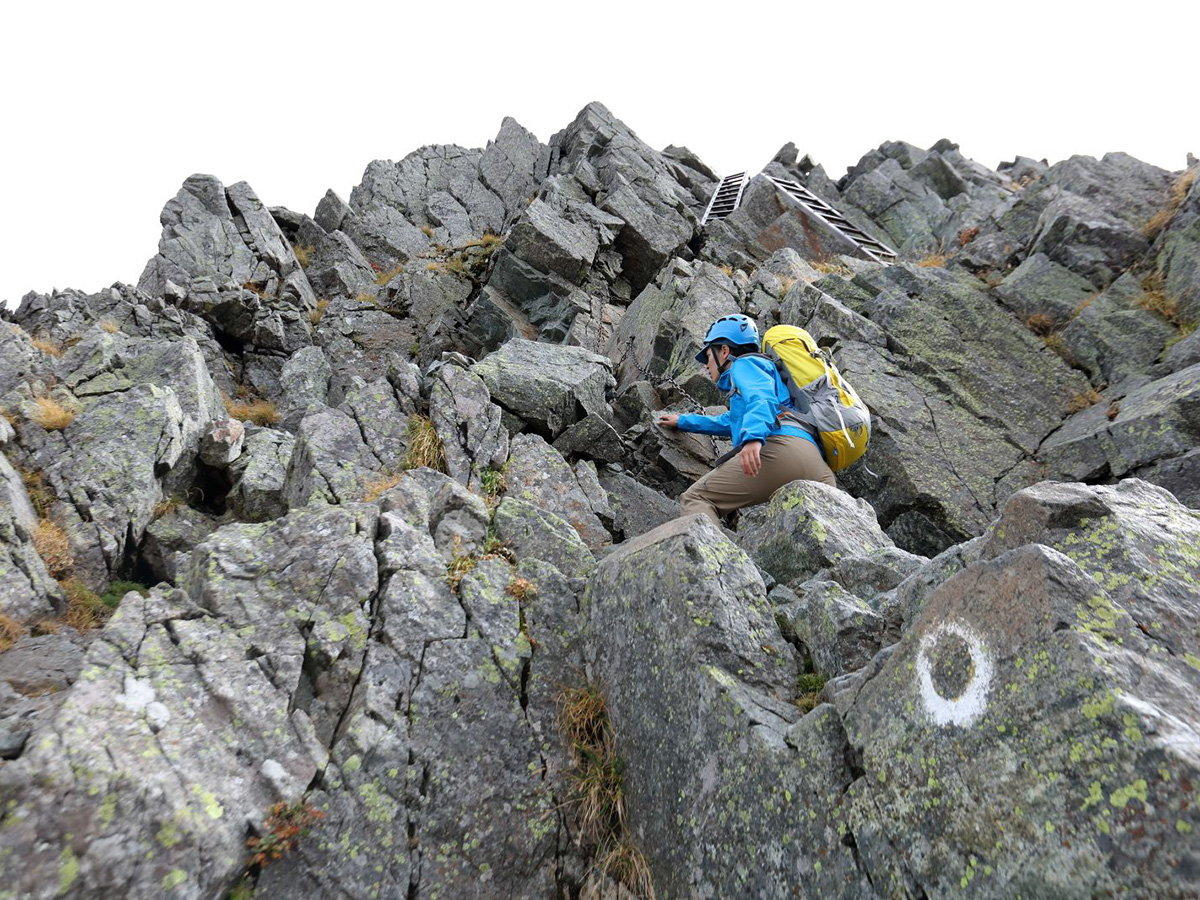Yari−Hotaka Mountains and Panorama Ginza
before starting your journey.
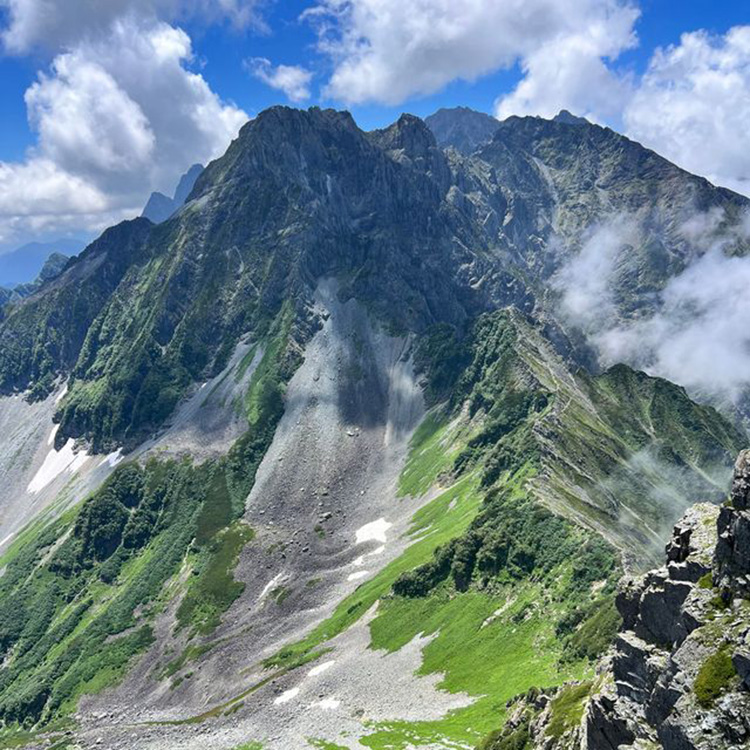
3 RULES
“Hike safe, stay smart”
-
Bring appropriate equipment for your adventure.
Research the route and terrain in advance and prepare for changing weather conditions.
-
Reserve lodging before you start.
Reservations are required for all accommodations except campsites.
-
Finish your hike by 3 PM.
Plan to reach your hiking destination by 3pm for your safety.
The Right Season for Your Adventure
- For a safe and enjoyable hike, make sure you have the proper clothing, equipment, and suitable schedule for the season. Mountain weather is unpredictable, with sudden rain, snow, or drop in temperature, so always check the forecast before planning your trip.
The prime snow-free hiking season runs from late July to early September, with temperatures ranging from 15°C to 25°C at lower elevations and 5°C to 15°C at higher elevations. In early spring and autumn, temperatures can drop below 0°C, and snow may fall as early as the beginning of October at higher elevations. By late October, the mountains will have already begun transitioning into winter, with the change of season potentially starting as early as mid-October. - After this transition, the entire national park remains covered in snow until June.
Daylight in the mountains also changes significantly throughout the year.In August, the sun rises around 5:00 am. and sets around 6:30 pm. In contrast, in October, it doesn’t rise until about 5:30 am., and it starts getting dark as early as 4:00 pm.
No matter when you visit, research seasonal conditions in advance. Being well-prepared ensures both safety and an unforgettable adventure.

Seasons in Mountains
-
Spring : Mid-April to June
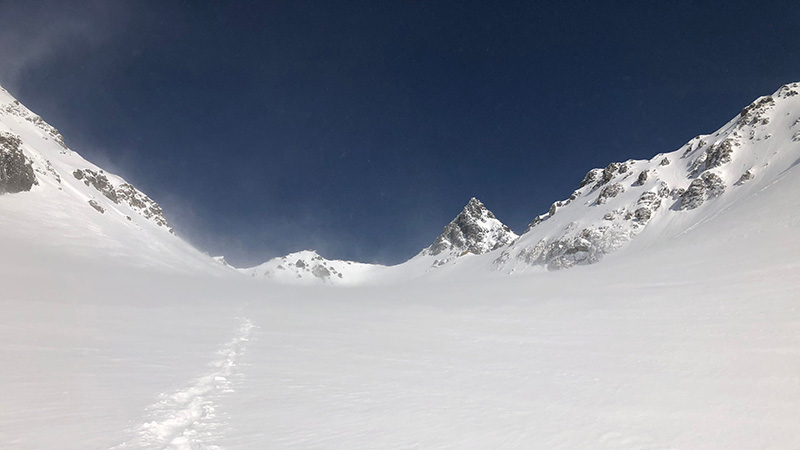
After the long winter, the mountains begin to transform from snowy white to fresh green. As the weather warms, trees start to sprout new leaves, and wildflowers begin to bloom. Temperatures during the day can be mild, but it can still be cold (5°C to 0°C) in the mornings and evenings. Snow begins to melt at lower elevations, so trail conditions can vary from muddy to dry or icy. At higher elevations, most trails are inaccessible without winter gear and should only be attempted by experienced hikers, as the peaks are still covered in deep snow.
-
Summer : July to Mid-September
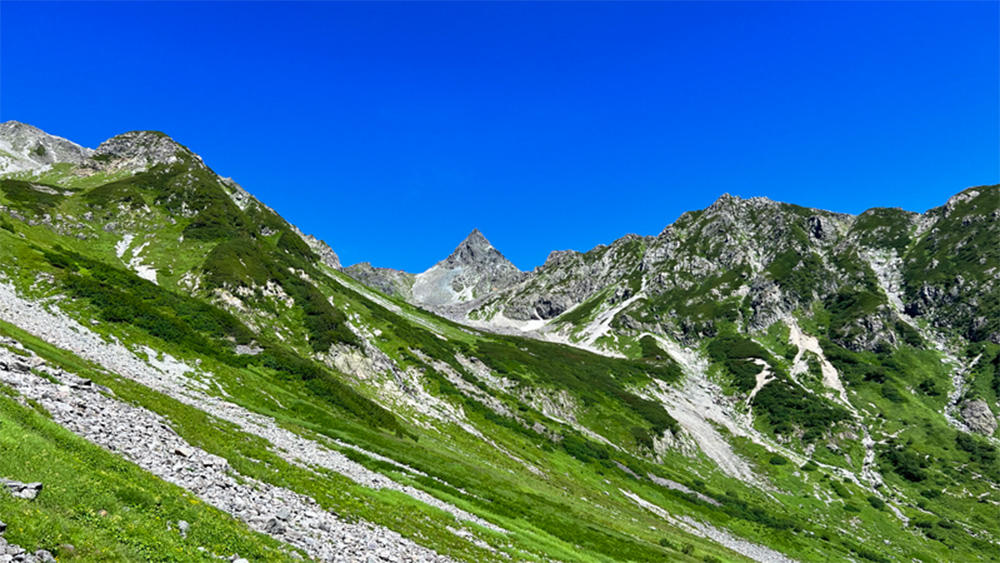
Japan’s rainy season lasts from late June to mid-July, bringing the potential for flooding, falling trees and rocks,and damage to trails. After the rainy season, wildflowers of all varieties begin to bloom at higher elevations. By late July, most trails are snow-free and accessible without winter gear. While summer is a beautiful season with warm weather, be aware of changing weather conditions. Typhoons and thunderstorms are common in the afternoons, and trail conditions can change rapidly.
-
Autumn : Late-September to October
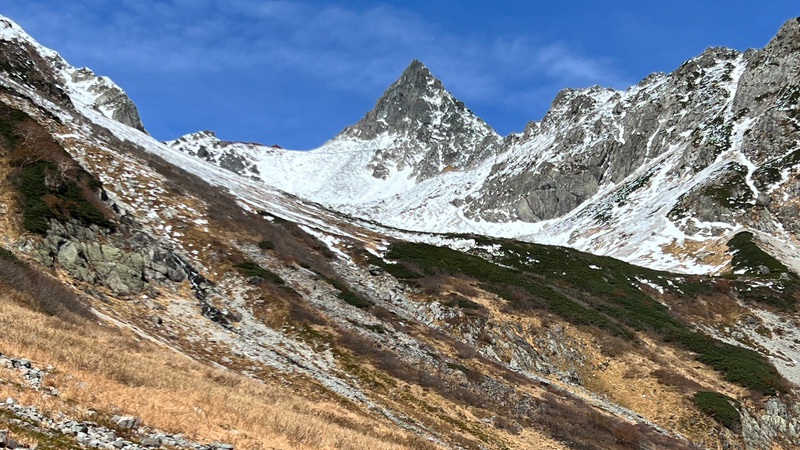
In September, temperatures drop in the evening, while daytime temperatures can still be warm. Hikers need to prepare for a wide range of temperatures. At higher elevations (above 2,500 meters), it can drop below 0°C. The colder temperatures bring beautiful fall colors at higher elevations, which gradually descend to the valleys by mid-October. The first snowfall usually occurs around this time as well. During this period, trails can become icy, increasing the risk of accidents. Some mountain lodges close their doors in mid-October, while others begin preparations for winter.
-
Winter : November to Mid-April
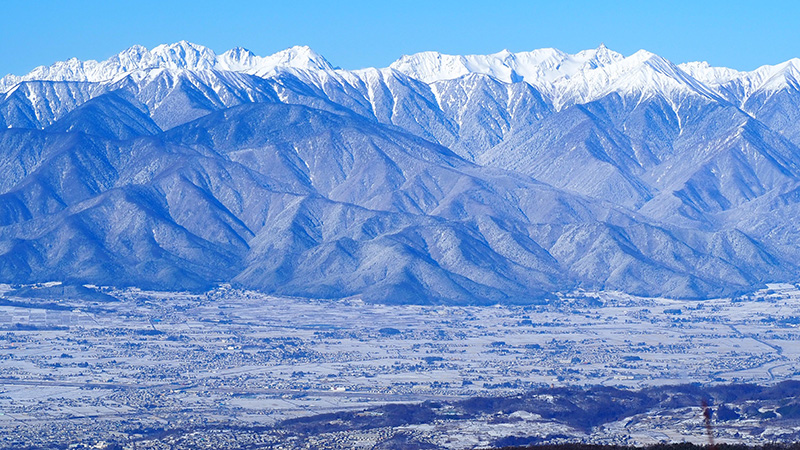
Winter is a time when trees, flowers, and wildlife take a break until the following April. The Kamikochi area closes on November 15 each year. Mountain lodges in this area close by early November, except for Enzanso at Mt. Tsubakurodake (open until late November) and Nishiho-sanso at Mt. Nishi-hotakadake (open year-round). Most trails in the national park are covered in snow and closed during the winter season. Only experienced hikers with guides can access certain areas that remain closed.
What to Bring : Hiking Equipment
-

-
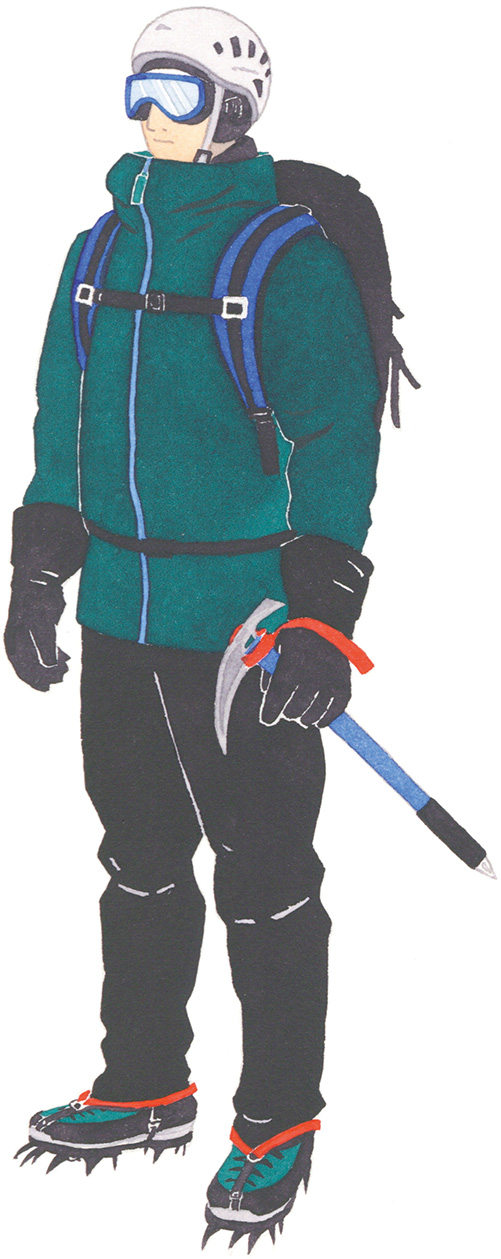
Winter Season
Equipment
To have a safe and enjoyable time hiking, please make sure to bring appropriate equipment and clothing. Doing so will makes your adventure more comfortable and decrease the risk of an accident.
For a late spring, summer, and early autumn, the following items are required. These are only the basic items you should have with you. Additional items may be needed depending on your hiking plan.
-
Base layer
Light synthetic fabric or wool that will dry quickly.
-
Middle layer
Long sleeved and moisture-wicking shirt or sweater.
-
Backpack
Backpack size will depend on the length of the hike and whether you plan on carrying a tent. Putting the contents in plastic bags and using a rain cover for the pack is also recommended.
-
Hiking pants
Lightweight, quick-dry materials that are easy to move in.
-
Hiking shoes
High-top hiking boots with good ankle support and traction are best.
-
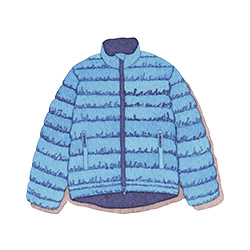
Warm clothing
A fleece, down, or synthetic jacket and warm hat and gloves are also recommended for the colder temperatures at higher altitudes.
-
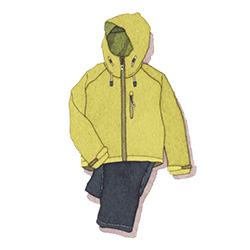
Rainwear
Windproof and waterproof jacket with a hood and pants (breathable fabric recommended).
-
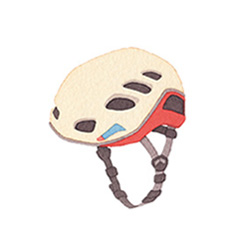
Helmet
Helmets are highly recommended on dangerous trails.
-
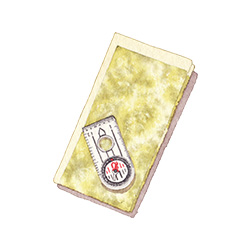
Map and compass
Always carry a detailed map of your route, as well as a compass. While the trails are well marked, a map and compass are useful if you get disoriented.
-
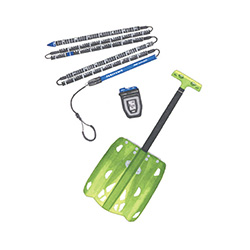
Avalanche Safety Equipment
Hiking equipment checklist
- Backpack
- Quick-dry underwear
- Hiking shirt
- Hiking pants
- Warm jacket
- Hiking socks
- Hiking boots
- Gloves
- Hat or cap
- Rainwear
- Gaiters
- Headlamp
- Sunglasses
- Sunblock
- Map
- Compass
- Cash
- Device charger
- Extra food/snacks
- Extra water
- First aid kit
- Emergency tent
-
Additional items for early spring or late autumn
- Beanie
- Neck gaiter
- Insulated puffy jacket
- Insulated water bottle
- Trekking poles
- Microspikes
- Crampons
- Ice axe
Safety Rules and Mountain Etiquette
-
Submit and Share Your Trekking Itinerary.
Submission of your Trekking Itinerary (Mountain Climbing / Hiking Notification) is mandatory in this area.
It is also important to inform your family or friends of your hiking plans in case of an emergency. -
Plan Ahead and Stay Informed
Choose a route that matches your experience level, check weather forecasts, and understand trail conditions before starting your hike.
Stay informed about trail hazards. Be flexible and adjust your plans or turn back if conditions become unsafe. -
Leave No Trace
Waste disposal is limited in the park. Carry out everything you bring in to minimize your environmental impact.
Stay on designated trails to protect fragile ecosystems and avoid disturbing wildlife.
Making the Most of Your Stay : Tips for Lodging at Mountain Lodges
Unlike mountaineering national parks in Europe or North America, many of Japan’s mountain lodges are located close to the highest peaks. Your cooperation is essential to operating these accommodations in such extreme locations, and it is important to follow the basic manners and rules. Review these tips before you go to ensure a smooth stay.
-
Start early, arrive early.
Mountain lodges usually ask all hikers to plan to arrive by 3:00 pm. for their safety as an unexpected hazard or an emergency could cause delays.
Additionally, the weather can change rapidly in the mountains. Arriving early helps to avoid thunderstorms which typically develop in the afternoon. -
The Early Bird
Some hikers hit the trails while it is still dark, and almost everyone leaves by 6:00 or 7:00 am. Since breakfasts need to be prepared and served, this means an even earlier start for the lodge’s staff. Evening meals are served early too, usually at around 5:00 pm.
-
Lights Out / Lights On
At mountain lodges, the lights usually turn off at 8:00 or 9:00 pm. and come back on at around 5:00 am. Many hikers often go to bed even earlier than the lights out time, so it’s good to be careful about talking too loud or making unnecessary noise.
If you plan to leave very early, it’s best to pack the night before to keep noise to a minimum. -
Toilet Etiquette
Mountain lodges use composting or vault toilets, which require little water but can be disrupted by toilet paper and trash. Please dispose of toilet paper in the designated bins instead of flushing.
If you stay at a lodge or campsite, the toilet fee is included. Other hikers are asked to contribute ¥100 per use. -
Respect and Conserve Resources
Water, electricity, and supplies are extremely limited in mountain facilities, especially at high altitudes.
Lodges strive to conserve water, and availability may vary by location. In some facilities, a fee may be required for filling water bottles. -
Reservations
Reservations are required to stay at any mountain lodges. If you plan to camp at campsites, they mostly operate on a first-come, first-served basis.
If you need to cancel your stay for any reason, be sure to inform the lodge. If someone fails to arrive at the lodge and has given no notice, the proprietor may worry that you had an accident or emergency. -
Prepare Cash Before Entering the Park
Due to unreliable internet connections, most mountain lodges do not accept credit cards. Please bring enough cash for accommodations, meals, and other expenses.
You will also need small change to use the toilets. Keep in mind that there are NO ATMs in the national park.
Summer Hiking Trails
The following trails provide ideas for your hiking adventure in this area.
Day Hike
-
Dakesawa-goya Mountain Lodge
- Also known as Dakesawa Trail, this route passes through lush wetlands before gradually ascending to Dakesawa-goya Mountain Lodge. This is a great day hike for experiencing Kamikochi’s beautiful nature without requiring advanced hiking skills.
Route
Kamikochi Bus Terminal → Dakesawa Wetland→Dakesawa Trailhead→Dakesawa-goya Mountain Lodge
-
- Level : Easy
- Duration : 5 hours round trip
- Distance : 8.4km
- Cumulative Elevation Gain : 740m
-
2−day Hike
-
Mt. Tsubakurodake Trail
- Nicknamed the “Queen of the Northern Alps,” Mt. Tsubakurodake features a unique landscape of granite rocks and sweeping alpine views. This trail is perfect for hikers seeking a moderate challenge and breathtaking scenery.
-
Route
- Day 1 : Nakabusa Onsen Trailhead → Kassen-goya → Enzanso (stay at mountain lodge)
- Day 2 : Enzanso → Mt. Tsubakurodake Peak → Kassen-goya → Nakabusa Onsen Trailhead
-
- Level : Moderate
- Duration : 2 days (~8 hours round trip)
- Distance : 10 km
- Cumulative Elevation Gain : 1,300m
-
3−days Hike
-
A. Mt. Yarigatake
- This iconic trail to Mt. Yarigatake, one of Japan’s most famous peaks, offers a rewarding adventure for experienced hikers. Featuring challenging climbs and breathtaking mountain views, this route combines thrilling ascents with beautiful valleys.
-
Route
- Day 1 : Kamikochi Bus Terminal → Yokoo Trailhead→Yarisawa Lodge (stay at mountain lodge)
- Day 2 : Yarisawa Lodge → Yarigatake Peak → Yarigatake-sanso (stay at mountain lodge)
- Day 3 : Yarigatake-sanso → Yarisawa Lodge → Yokoo Trailhead → Kamikochi Bus Terminal
-
- Level : Moderate Difficult
- Duration : 3 days (~20 hours round trip)
- Distance : 38 km
- Cumulative Elevation Gain : 2,150m
-
-
B. Mt. Oku-hotakadake (Karasawa Cirque)
- Mt. Oku-hotakadake is the third-highest mountain in Japan. This trail offers a stunning yet demanding adventure for experienced hikers, transitioning from a gentle valley hike to rugged alpine terrain. If you have only two days or are looking for a more moderate hike, the Karasawa Cirque Trail (round trip) is a great option to enjoy a scenic trail and spectacular views of the Hotaka Mountains.
-
Route
- Day 1 : Kamikochi Bus Terminal → Yokoo-sanso (stay at mountain lodge)
- Day 2 : Yokoo-sanso → Karasawa Cirque → Hotakadake-sanso → Mt. Oku-hotakadake Peak → Hotakadake-sanso (stay at mountain lodge)
- Day 3 : Hotakadake-sanso → Karasawa Cirque → Yokoo trailhead → Kamikochi Bus Terminal
-
- Level : Difficult
- Duration : 3 days (~22 hours round trip)
- Distance : 39 km
- Cumulative Elevation Gain : 1,690m
-
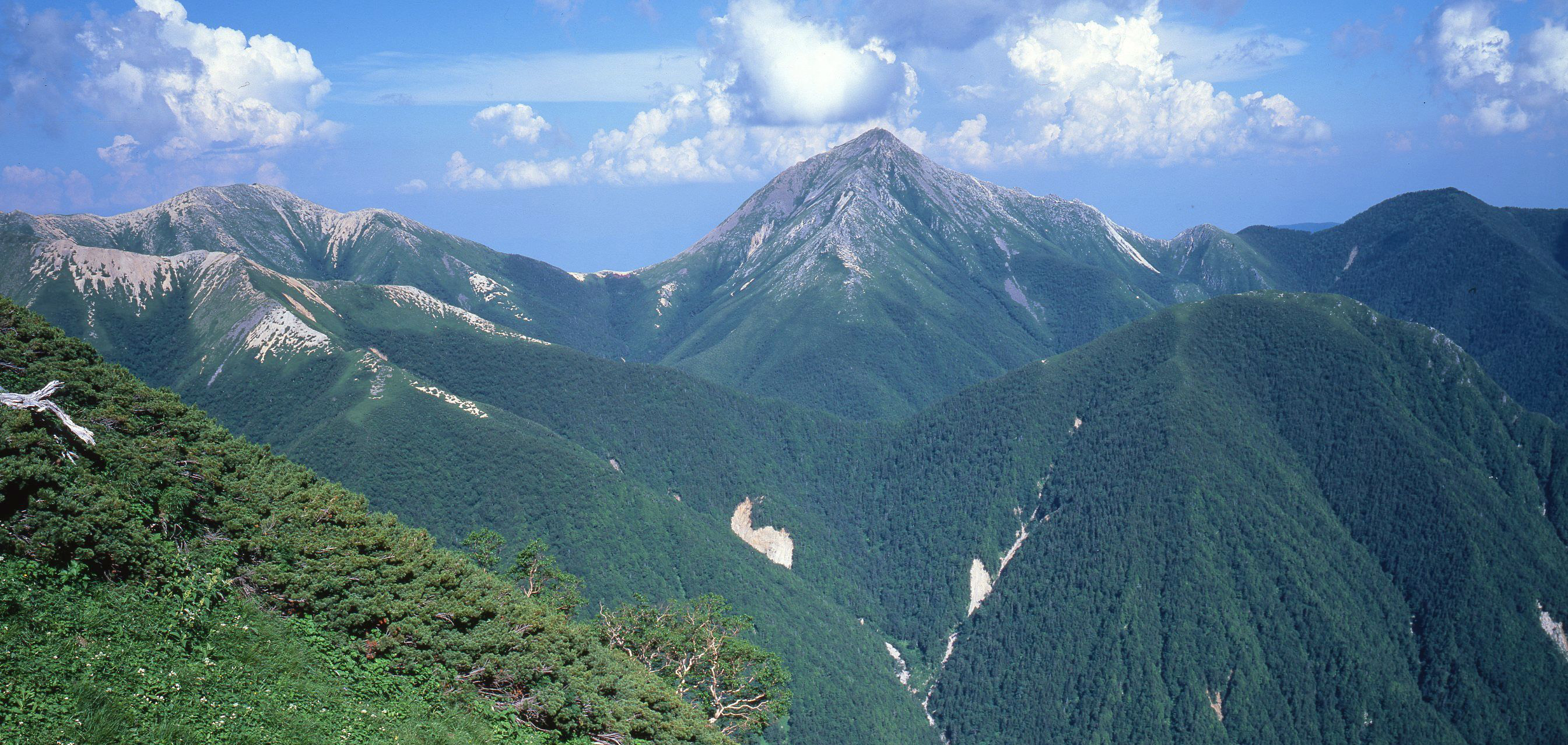
Accommodations
Yari-Hotaka Mountains
-
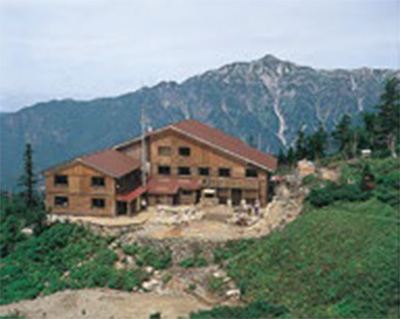
-
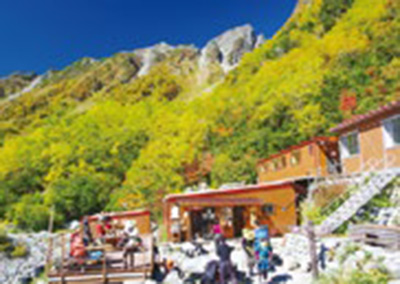
Dakesawa-goya
Operating Season : Late April - Early November
-
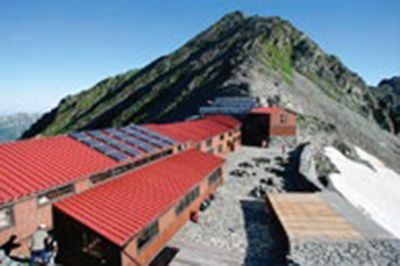
Hotakadake-sanso
Operating Season : Late April - Early November
-
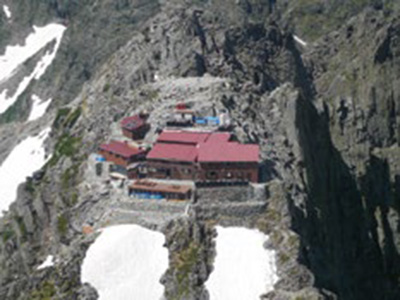
Kitahotaka-goya
Operating Season : Late April - Early November
-
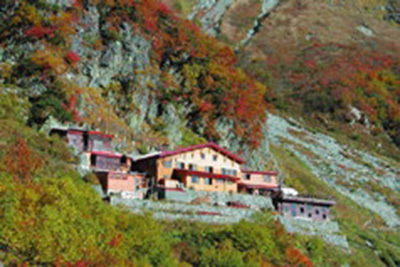
Karasawa-goya
Operating Season : Late April - Early November
Web : https://karasawagoya.com/ (Japanese only)
-
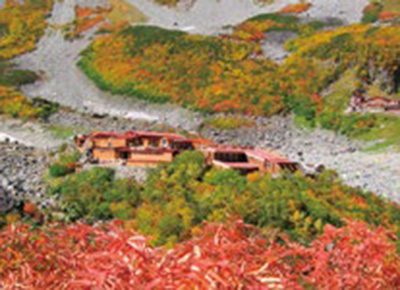
Karasawa Hutte
Operating Season : Late April - Early November
Web : https://karasawa-Hutte.com/ (Japanese only)
-
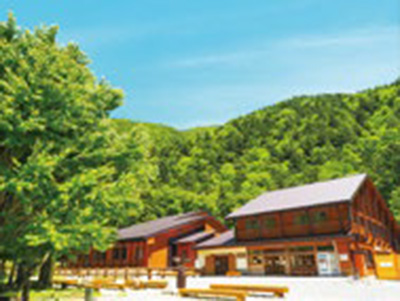
Yokoo-sanso
Operating Season : Late April - Early November
-
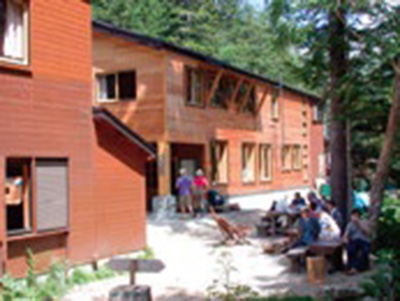
Yarisawa Lodge
Operating Season : Late April - Early November
-
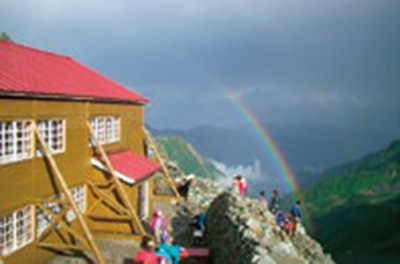
Sessho Hutte
Operating Season : Early June - Early October
Web : https://nakabusa.com/ (Japanese only)
-
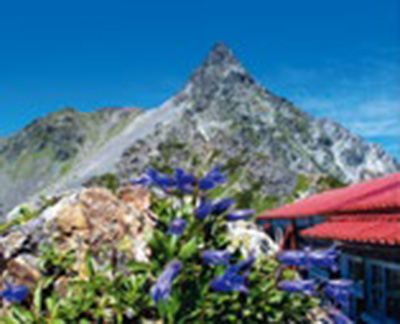
-
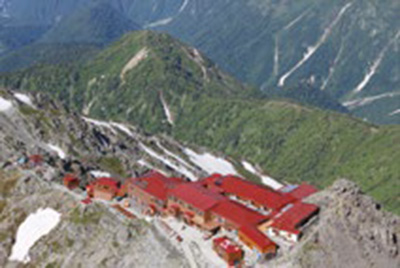
Yarigatake-sanso
Operating Season : Late April - Early November
-
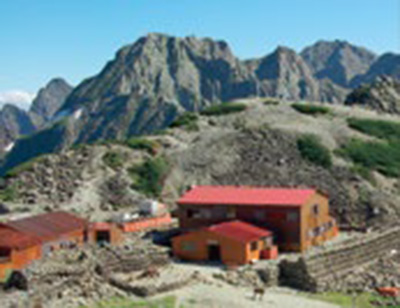
Minamidake-goya
Operating Season : Early July - Mid October
Panorama Ginza
-
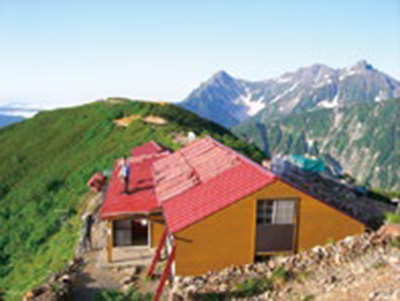
Hutte Nishidake
Operating Season : Early July - Early October
Web : https://nakabusa.com/ (Japanese only)
-
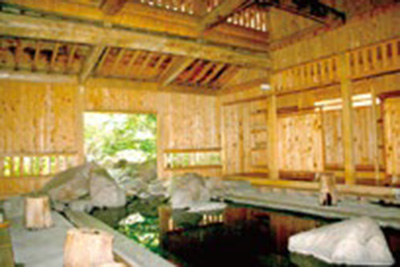
Nakabusa Onsen
Operating Season : Late April - Late November
Web : https://nakabusa.com/ (Japanese only)
-

-

-
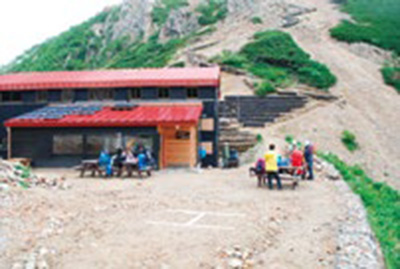
Otenjo Hutte
Operating Season : Early July - Mid October
-
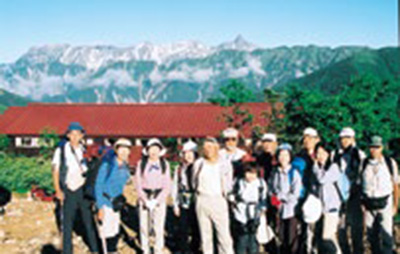
-
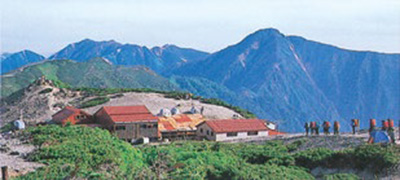
Chogatake Hutte
Operating Season : Late April - Early November
Web : https://chougatake.com/ (Japanese only)
-
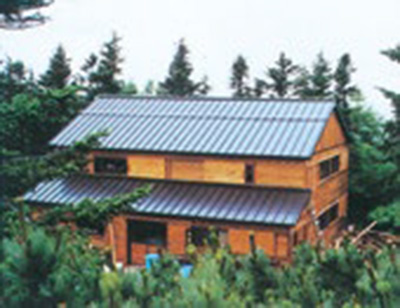
Otaki-sanso
Operating Season : Mid July - Late August
Web : https://chougatake.com/ootaki/ (Japanese only)
Kamikochi and the Surrounding Area
-
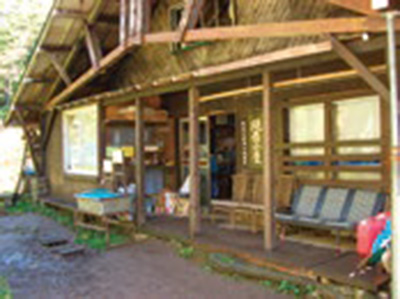
Yakedake-goya
Operating Season : Mid June - Mid October
-
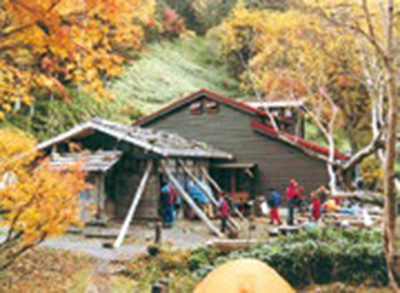
Tokugotoge-goya
Operating Season : Early July - Early October
Web : http://tokugo.com/ (Japanese only)
-

Nishi-itoya-sanso
Operating Season : Early July - Early October
-

-

Kamonji-goya
Operating Season : Late April - Early November
Web : https://kamonjigoya.jp/ (Japanese only)
-

Tokusawa-en
Operating Season : Late April - Early November
-

Tokusawa Lodge
Operating Season : Late April - Early November
Norikura
-
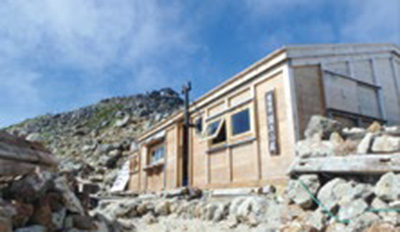
Norikuradake Chojo-goya
Operating Season : Mid June - Late October
-

Norikuradake Kuraigahara-sanso
Operating Season : Early February - Late October and Late December - Early January
Web : https://kuraigahara.jp/ (Japanese only)
Gifu and Other Area
-
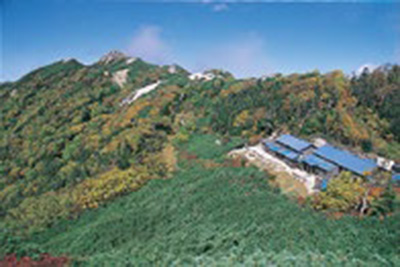
Eboshi-goya
Operating Season : Mid July - Mid September
Web : https://www.ne.jp/asahi/eboshidake/2628/ (Japanese only)
-

Noguchigoro-goya
Operating Season : Mid July - Late September
Web : https://www.gorougoya.com/ (Japanese only)
-

Yaridaira-goya
Operating Season : Mid July - Mid October
Web : https://www.yaridaira.jp/ (Japanese only)
-

Sugoroku-goya
Operating Season : Early July - Late October
Web : https://www.sugorokugoya.com/ (Japanese only)
-

Kurobegoro-goya
Operating Season : Early July - Mid October
Web : https://www.sugorokugoya.com/kurobe/ (Japanese only)
-

Kagamidaira-sanso
Operating Season : Early July - Mid October
Web : https://www.sugorokugoya.com/kagami/ (Japanese only)
-

Wasabidaira-goya
Operating Season : Early July - Late October
Web : https://www.sugorokugoya.com/wasabi/ (Japanese only)
-

Kasagatake-sanso
Operating Season : Early July - Early October
-

Nakazaki-sanso Okuhida-no-yu
Operating Season : Open Year-Round
-

Column
The Northern Alps Mountain Range ; Rules for Visitors
-
In 1934, the Northern Alps were designated as the Chubusangaku National Park. Japan’s national parks are designated by law for the protection and promotion of the country’s world-class scenic areas.
In order to maintain a balance between enjoyment and preservation of the natural environment, development has been kept to a minimum.
In such a unique and rich natural environment, accidents can occur as a result of natural disasters and contact with wild animals.
Several associated organizations strive toward the reduction of accidents.
However, as the park remains a wilderness area, accidents cannot be eliminated by the efforts of park authorities alone.
For the safe enjoyment and continued protection of the Northern Alps, we ask all climbers to abide by the following rules when entering mountainous areas of the Northern Alps -
-
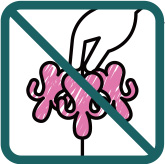
01.
Do not damage or remove natural objects.
-
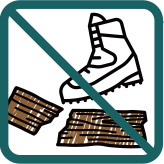
02.
Do not damage infrastructure such as mountain trails and bridges.
-

03.
Camp only in designated areas.
-
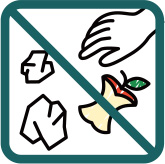
04.
Do not leave garbage, food, or human waste.
-
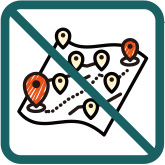
05.
Plan your hike carefully and conservatively.
-
A Historic View : Climbing in the Birthplace of the “Japanese Alps”
-

Portrait of Banryu,
owned by Jo-on-ji TempleModern alpinism in Japan began in the Chubusangaku National Park with the arrival of European mountaineers in the Meiji era (1868 - 1912).
But as in other regions of Japan, climbing in these mountains has its roots in the country’s indigenous religion, which deifies natural phenomena, including mountain peaks. Some areas had already become pilgrimage destinations or special sites where priests underwent strenuous ascetic training.
The first ascent of Mt. Yarigatake, the centerpiece of the Northern Alps, was made in 1828 by a Buddhist priest named Banryu. Besides ascetics, the mountains were also the domain of woodcutters and hunters, and one hunter named Kamijo Kamonji is now famed for guiding the first non-Japanese climber, William Gowland, to the peak of Mt.
Yarigatake in 1877. Gowland was a British engineer and archaeologist, one of the many international experts invited to Japan to help with industrialization during the Meiji era.He was also an enthusiastic climber, and the first use of the term “the Japanese Alps” appears in his writings. -
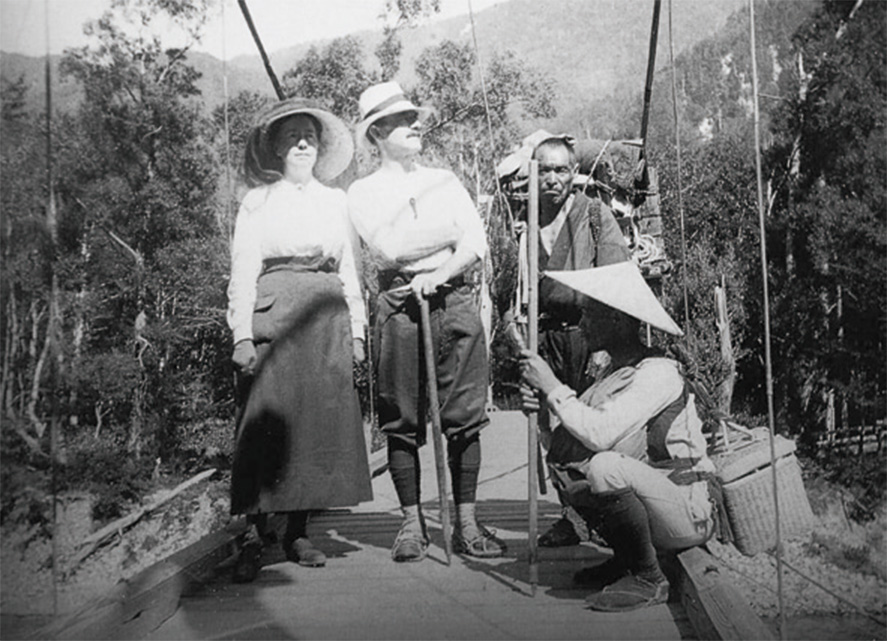
Walter Weston and Kamonji Kamijo It was another British climber, a missionary named Walter Weston, who introduced Japan’s mountains to the world. After climbing several of the Northern Alps’ peaks, he wrote a book titled Mountaineering and Exploration in the Japanese Alps, which was published in London in 1896.
Like his compatriot, he was guided by Kamonji, for whom he expressed high praise in the book.Mountaineering became an increasingly popular activity as Europeans introduced alpine techniques and climbing gear into the country. The Japanese Alpine Club was founded in 1905, and the first university alpine club was founded at Keio University in 1915.
The sport quickly spread all over the country, and peak after peak and route after route were conquered by enthusiastic climbers. Today, thanks to constant conservation efforts and the well-run system of trails and huts, there are innumerable destinations for hikers.
A Tradition of Japan’s Mountain Lodges
There are about 100 mountain lodges throughout Chubusangaku National Park, offering meals, accommodation, safety support, and information.
Some of these started their history in the early 1900’s. Surprisingly, many of the lodges operating in 1934 when the area was designated a national park are still in operation today.
Until the advent of helicopters, food and any supplies were carried by Bokka, - people who carry items on their back - and their loads usually exceed their own body weight. If you have ever hiked with a heavy backpack, it’s easy to imagine how difficult their job was. Now, thanks to helicopter deliveries and generators, guests can enjoy things like hot meals, beer, and even ice cream in some locations.
Every lodge has a deep connections with its area.The managers and their employees are walking encyclopedias who share their knowledge about the nature, trails, weather conditions, and much more. Most mountain lodges are family-run businesses and have lasted for generations, and they have built and taken care of the trails that hikers walk.
-
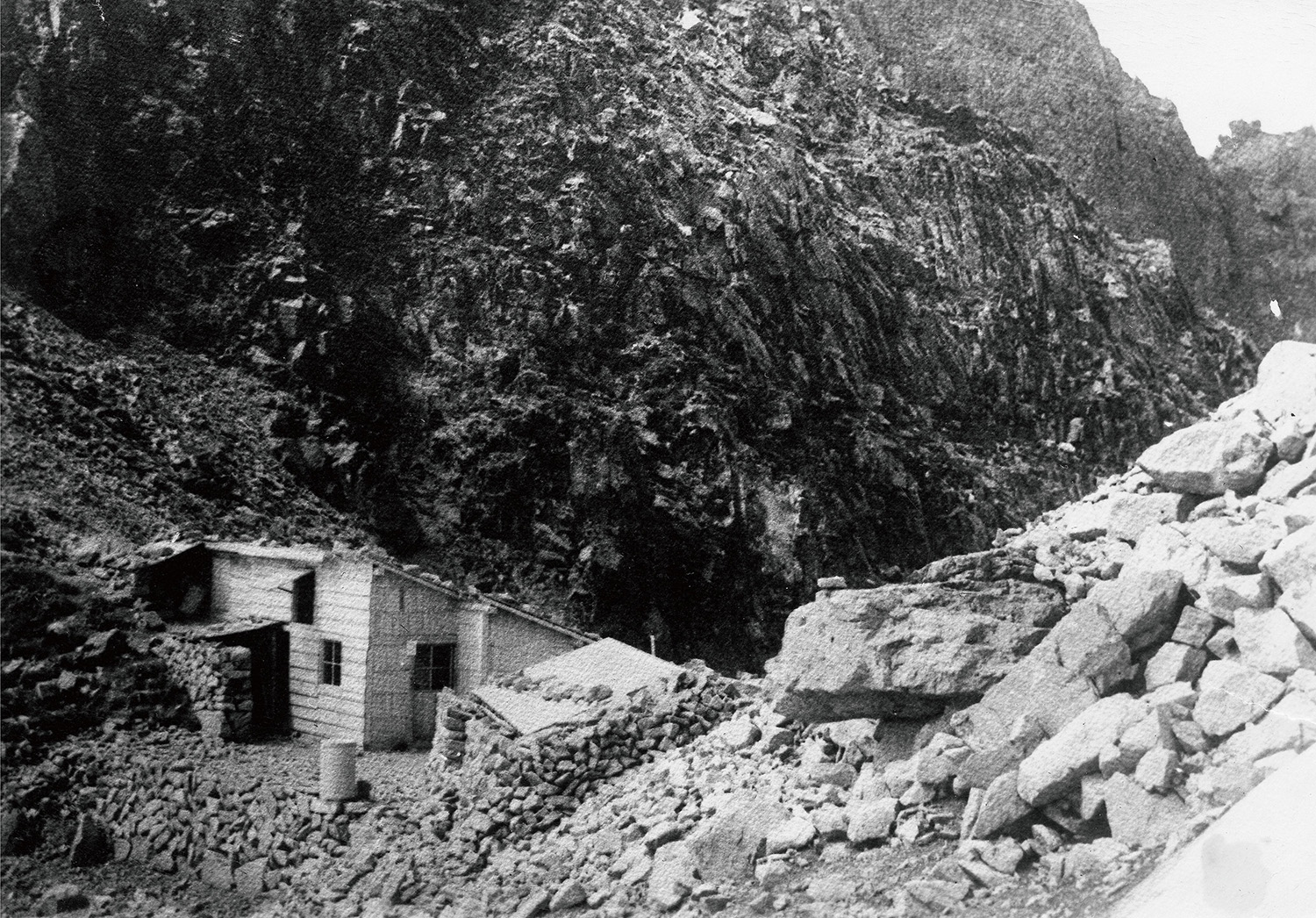
The first Hotaka hut was build in 1925
(presently Hotakadake Sanso hut) -

Mountain clinic opens during summer season at Yarigatake Sanso mountain lodge.
